How can data combat government corruption?

Corruption not only costs US taxpayers tens of billions of dollars each year, but also brews citizen distrust and disengagement. Corruption investigations rely on random spot-checks and tips from whistleblowers, which are inconsistent at best. But new advances in data-driven investigation can help watchdog agencies sniff out and expose corruption more quickly and accurately.
A yearlong study, Taking a Byte Out of Corruption, was conducted by the Center for the Advancement of Public Integrity (CAPI) Data Analytics Working Group at Columbia Law School. The report details nine types of fraud that data can help investigators root out, from timecard manipulations to petty theft to corruption by elected officials at high levels.
For each fraud, the report provides a data-driven solution. With corrupt inspectors, a database of incidences can spot outliers, such as inspectors giving an excessively high or low number of violations, or logging passing grades too soon after failures, which might indicate fraud. Logging and analyzing elected officials' donors, discretionary spending, and personal contacts can help identify corruption at high levels.
Gabriel Kuris, deputy director of CAPI, said data as a corruption-fighting tool can create a permanent system of checks and balances, fixing systematic issues. “This is truly the first iteration of this,” Kuris said. “We really hope to improve it over time…And we'd like to partner with any government working on this stuff that wants to share their efforts with us.” Learn more.
Make Your Commitment Today
